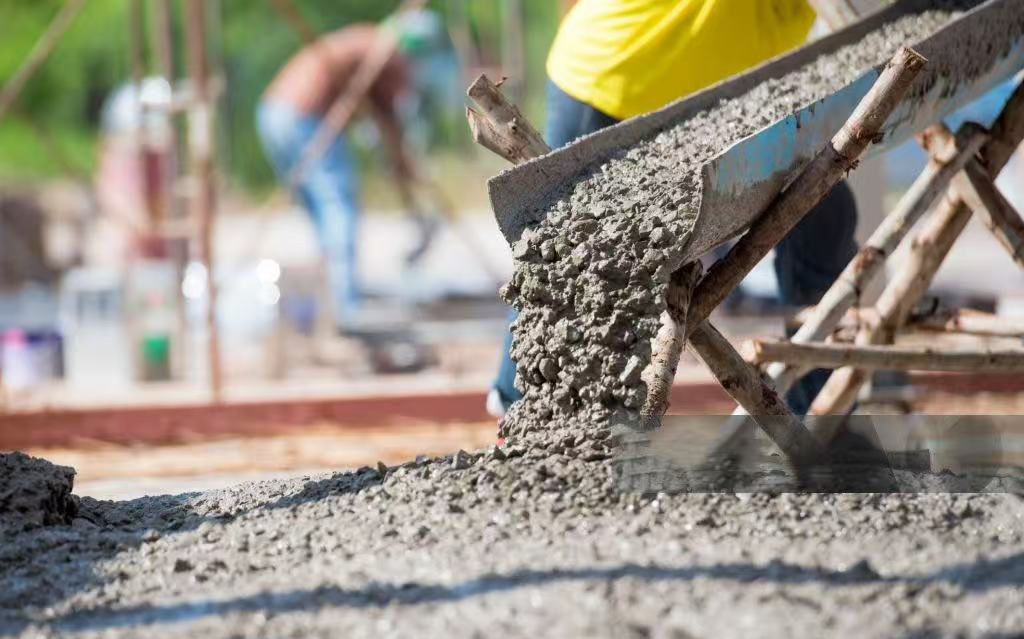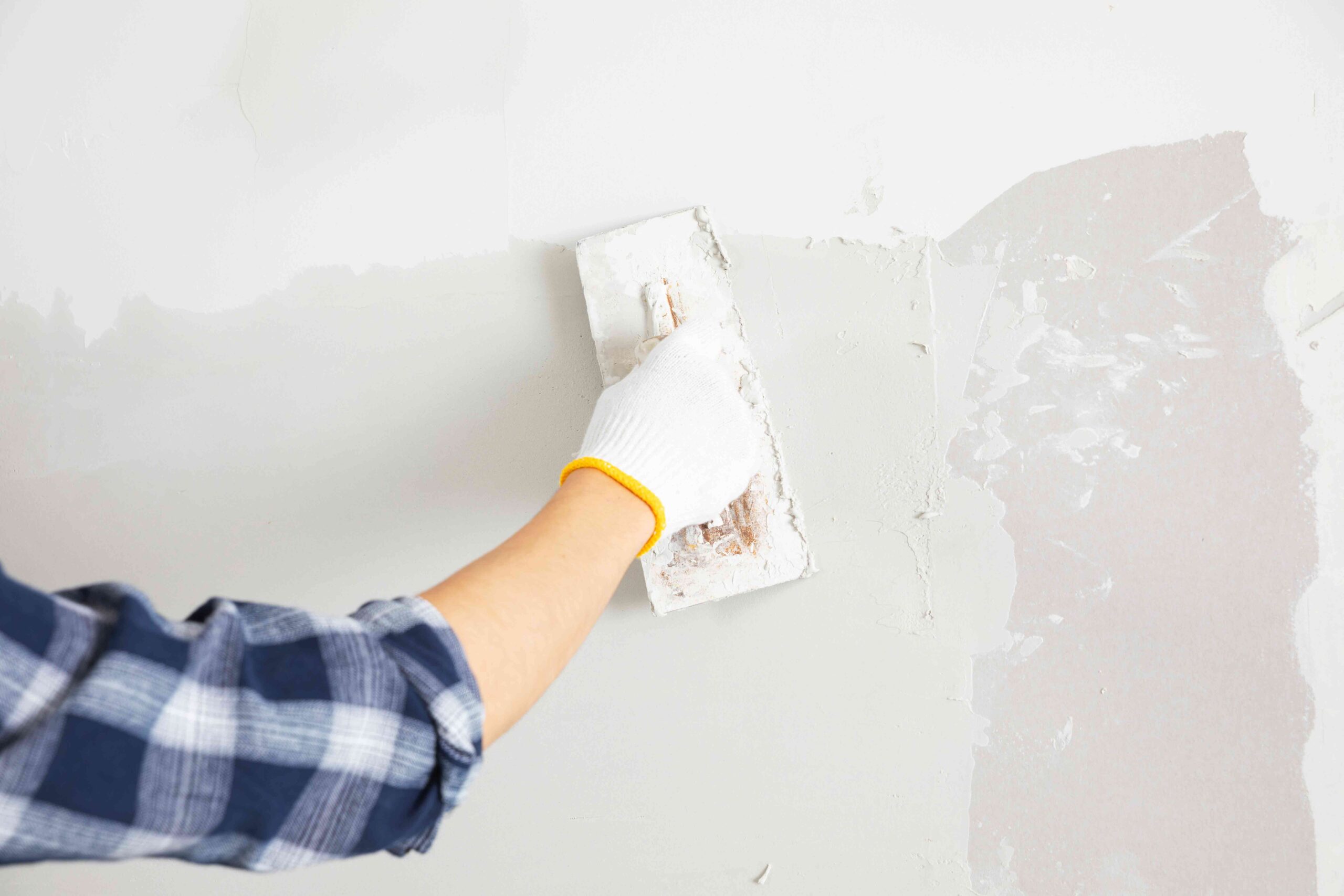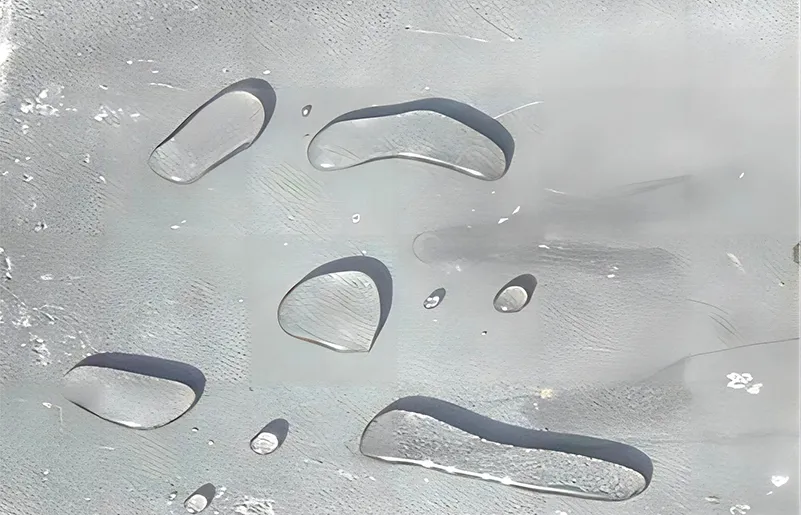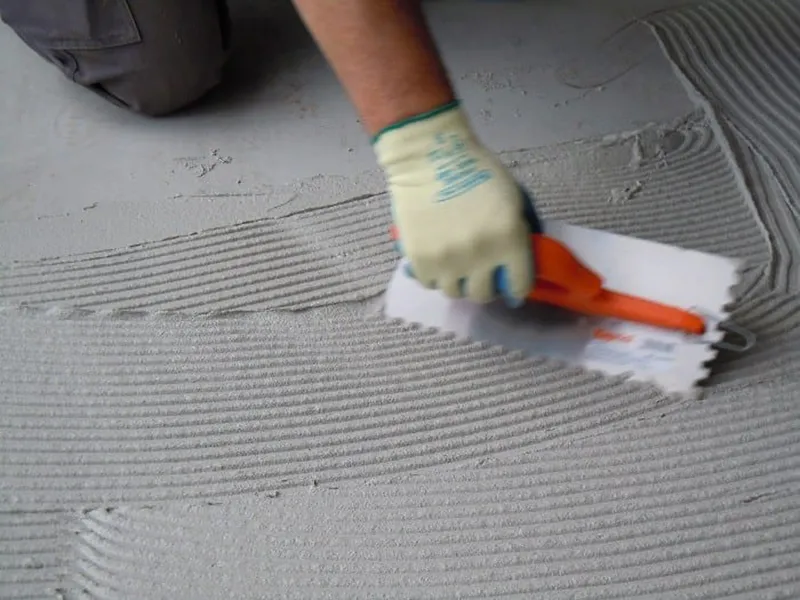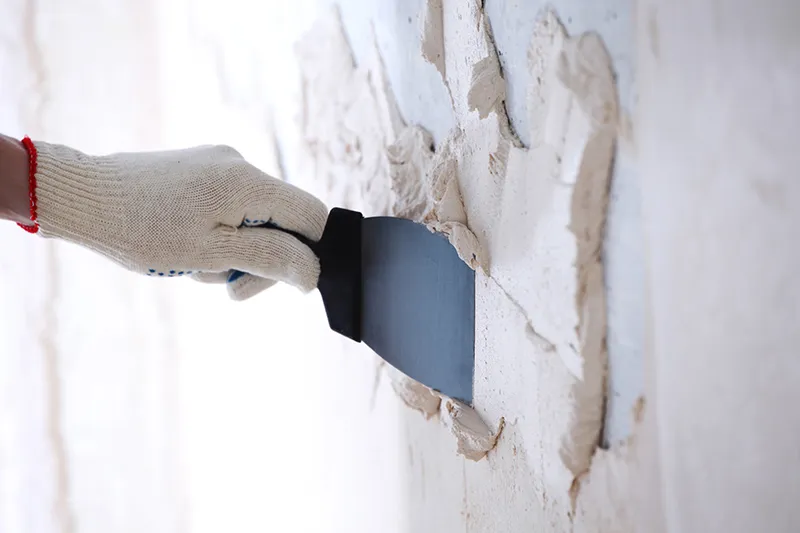
This complete guide will walk you through what gypsum plaster retarder is, how it works, where it’s applied, and how to formulate it correctly depending on your plaster system. Let’s dive in.
I.What Is Gypsum Plaster Retarder?
Gypsum retarder, also referred to as gypsum plaster retarder, is a chemical admixture used to delay the setting time of gypsum-based products. It gives you better control over workability and open time, especially critical when working in hot climates or on large wall surfaces.
In simple terms, it slows down how fast gypsum hardens after being mixed with water. Without a retarder, gypsum may set too quickly, causing material waste, application difficulties, and poor surface finish. The right retarder ensures smoother application, reduces labor stress, and enhances end-product quality.
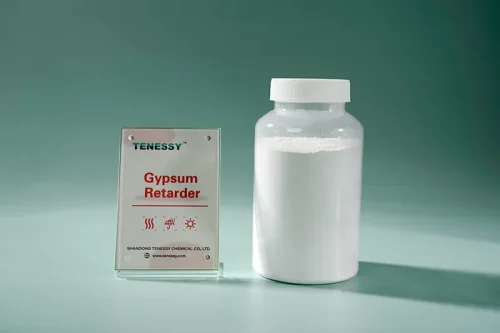
II.How Does a Gypsum Retarder Work?
When water is added to calcined gypsum (calcium sulfate hemihydrate), it reacts to form gypsum dihydrate, hardening in the process. This chemical reaction releases heat and happens fast unless a gypsum retarder chemical is used.
Gypsum retarders work by interfering with the growth of these calcium sulfate crystals, thereby extending the setting time.
This delay can be crucial for:
Enhancing workability
Enabling large-scale application (e.g., machine-spraying)
Preventing cold joints and cracking
The most commonly used retarders include:
Amino acid-based gypsum retarders: Highly efficient and environmentally friendly, these retarders are derived from natural amino acids. They offer excellent setting time control at very low dosage levels (typically 0.03%–0.3%), with minimal impact on gypsum strength. Especially recommended for ready-mix gypsum plaster, both hand-applied and machine-sprayed.
Protein-based compounds (such as casein derivatives)
Organic acid salts (e.g., citric acid, tartaric acid)
Synthetic compounds specially designed for setting control
By controlling the reaction, retarders in gypsum enable more flexible application and finishing, especially important in modern construction workflows.
III.Applications of Gypsum Retarder in the Construction Industry
Gypsum plaster retarder is a must-have in the following areas:
1. Hand-applied gypsum plasters
Used for interior walls and ceilings, these plasters benefit from extended working time. The longer open time allows workers to level and smooth the surface with less stress.
2. Machine-sprayed gypsum (Ready-mix Gypsum)
In mechanized applications, fast setting can lead to spray nozzle blockages or dry material buildup in hoses. A gypsum retarder ensures consistent flow, continuous spraying, and better adhesion.
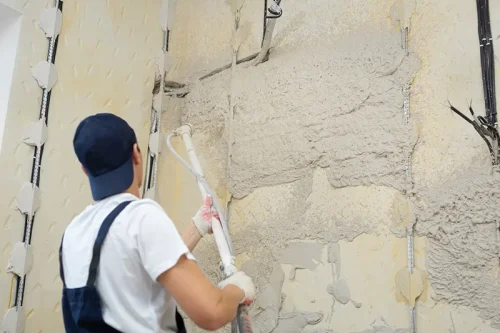
3. Joint fillers and patching compounds
In drywall installation, joint compounds need to remain workable long enough for tape embedding and smooth finishing.
4. Gypsum boards and prefabricated components
In factory environments, retarders help control processing time during shaping and molding of gypsum panels or blocks.
IV.Recommended Gypsum Retarder Formula for Plaster Applications
Here’s how gypsum plaster retarder is typically used in different plaster systems.
1.Hand-Applied Gypsum Plaster (Manual Application)
| Raw Material | Weight/kg |
| Desulfurization Gypsum | 250 (300) |
| Sand (40-70 mesh) | 450 |
| Sand (70-120 mesh) | 250 |
| Heavy Calcium Powder (325 mesh) | 50 |
| HPMC | 1.5 – 2 |
| Gypsum Retarder | 0.5 – 1 |
| White Wood Fiber (optional) | 3 – 4 |
| Starch Ether (optional) | 0.5 |
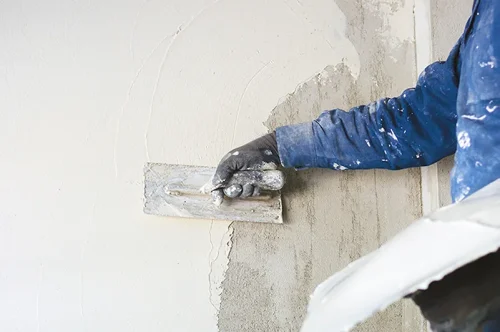
2.Machine-sprayed gypsum plastering
Suitable for large projects equipped with spraying equipment. Performance target: setting time is 15–25 minutes for continuous spraying.
Raw Material | Weight/kg |
Desulfurization Gypsum | 400-500 |
Ordinary Silica Cement | 100-150 |
Sand | 300-400 |
HPMC | 1.5-2 |
Gypsum Retarder | 0.5-1 |
Air Entraining Agent | 0.2 |
V.How to Choose the Right Gypsum Plaster Retarder?
Selecting the right gypsum retarder formula depends on:
Application method: manual vs machine-spray
Ambient conditions: temperature and humidity affect hydration
Gypsum quality: high-reactivity gypsum may need more retarder
Target setting time: short (<15 min), medium (15–30 min), or long (>30 min)
It’s best to run lab tests or field trials with different dosages to fine-tune performance.
VI.Usage Tips and Precautions
Start low, go slow: Always begin with the minimum recommended dosage and increase gradually.
Mix thoroughly: Poor dispersion can lead to inconsistent setting times.
Avoid incompatibilities: Some retarders may interact negatively with accelerators or polymers.Test your cellulose ethers, RDP, starch ether, and other modifiers.
Monitor shelf life: Store in dry, cool conditions to maintain performance.
VII.Conclusion
TENESSY gypsum plaster retarder is a small but powerful ingredient in the formulation of high-performance gypsum products. Whether you are producing ready-mixed gypsum plaster or large precast elements, knowing how to use this additive will be helpful to you.


